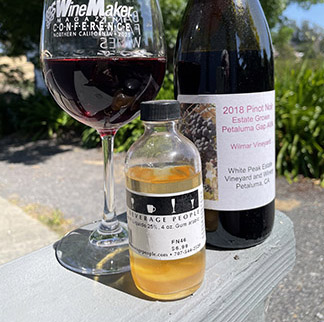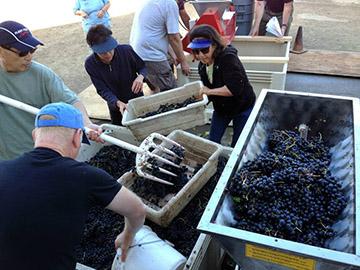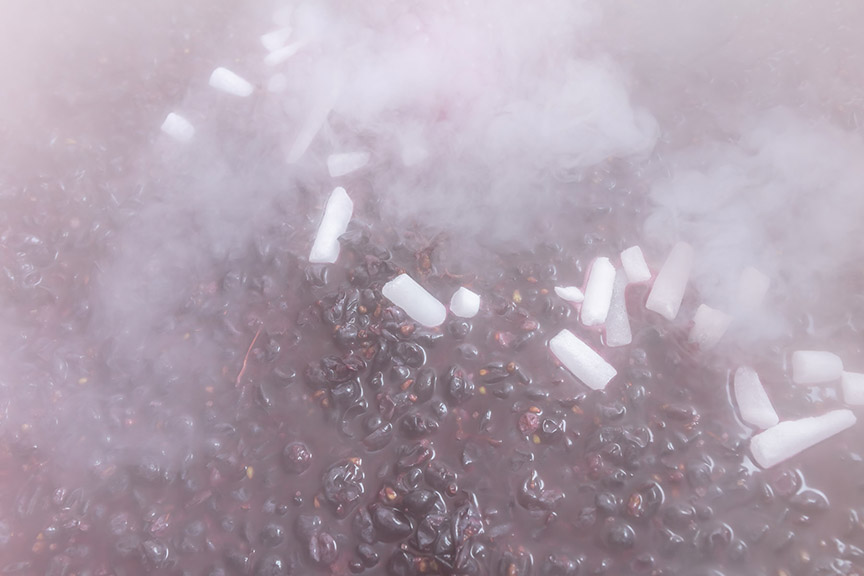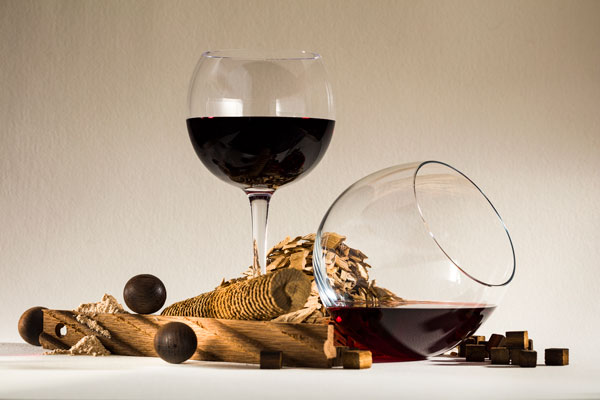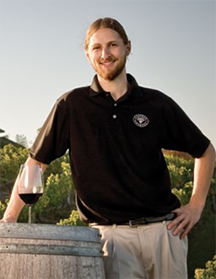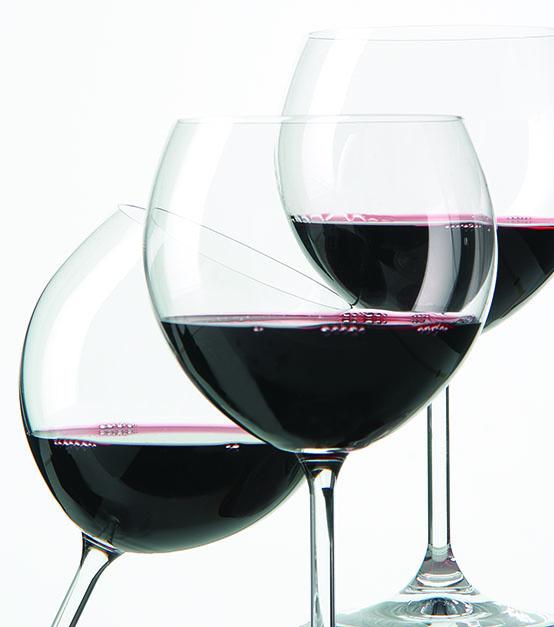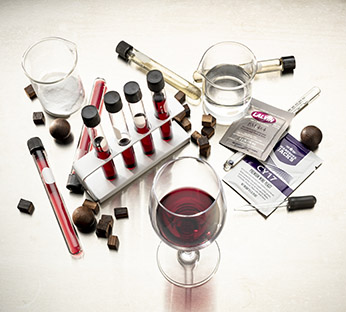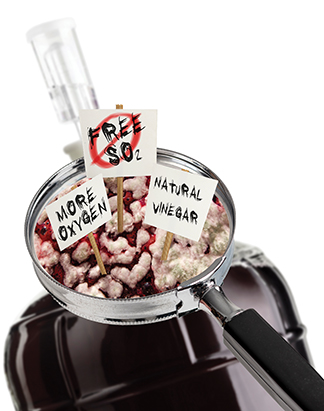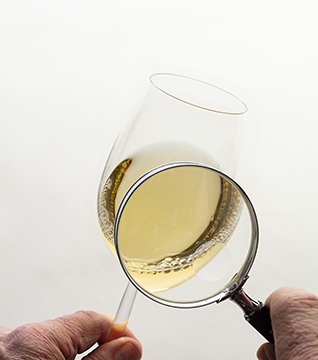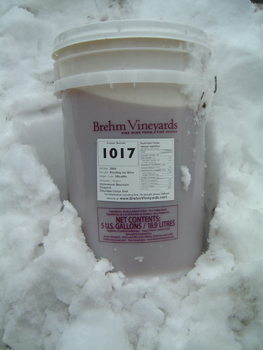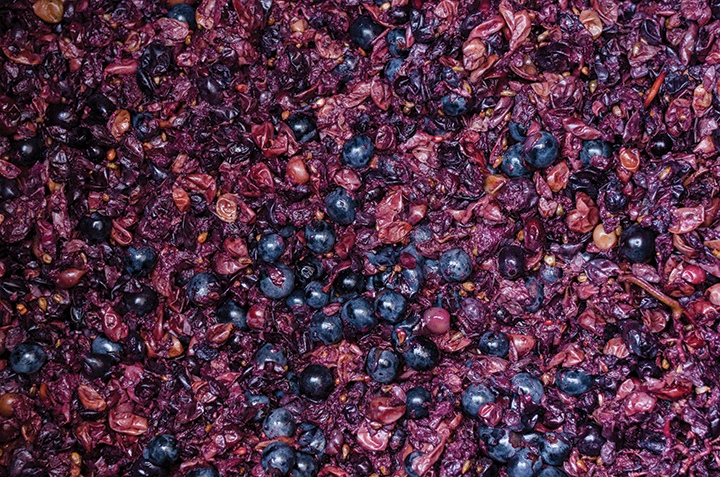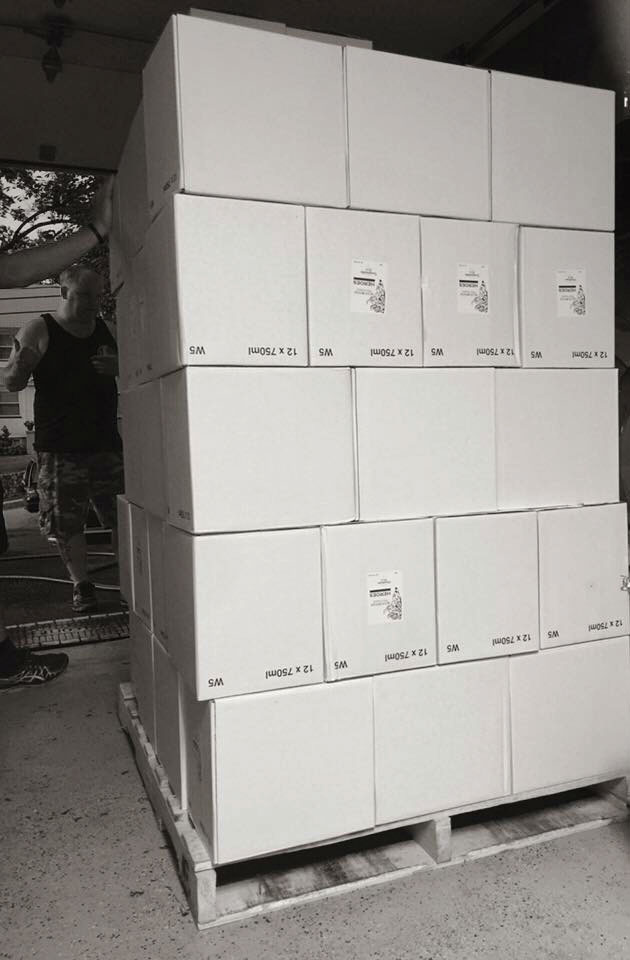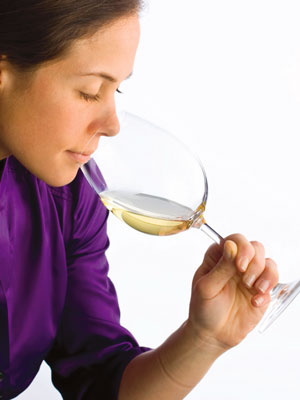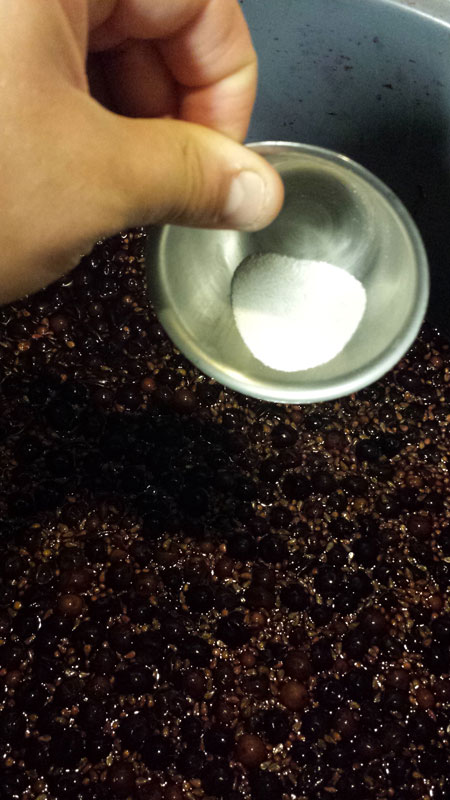Topic: Winemaking Tips
Using Gum Arabic
Gum arabic is a natural anti-flocculant with a list of benefits that includes helping prevent tartrate crystals from forming, smoothing out young red wines, and adding mouthfeel to thin wines. Get to know this important additive every winemaker should have on hand.
Adding body to wine
Enhancing the body of your grape wine with bananas is a time-honored technique among home winemakers. Bananas are rich in complex polysaccharides — long-chain sugars — that, when extracted, can impart a
White Winemaking Advice
It seems like you’ve found something that works for your red grape winemaking — making additions based on your 36-lb. (16-kg) lugs of grapes. Your estimated yield for grapes fermented on the
We’re Better Together
Winemaking clubs offer members opportunities to learn from others and share their passion for making wine with new friends. From feedback on your wines to shared equipment and access to grapes through bulk purchases otherwise out of reach, there is a lot of value in joining a winemaking club.
Using Dry Ice
Dry ice has numerous applications for the home winemaker who needs to chill their must or juice without watering it down. Learn more about the many uses and safety precautions when dealing with carbon dioxide in its frozen form.
Post-Fermentation Adjustments to Taste
When alcoholic fermentation is all wrapped up, most people assume that the wine is then mostly left alone to age. But winemakers know well that there are a lot of adjustments that can be made throughout the cellaring process.
Micro-Oxygenation on a Small Scale
A brewer’s O2 wand is an interesting tool and one I’m not familiar with personally, though I think I understand the concept. There isn’t much of a description of the item on
Reducing Water Consumption in Your Winery
It generally takes about 6 gal. (23 L) of water to make one gallon (3.8 L) of wine though estimates vary from as little as 2 gallons (7.6 L) all the way
Pectic Enzymes: Tips From the Pros
Three pro winemakers share how they use pectic enzymes to their advantage to maximize yields, increase color and flavor extraction, and make filtration easier.
Stabilizing A Fruit Port
Well, in the olden days of fortified winemaking, potassium sorbate (a potassium salt of sorbic acid) wasn’t even a thing. While sorbic acid does occur naturally in some plants (rowan berries and
Keys to Making Red Wine
If you’re a beginner planning on making a batch of red wine, here are some keys components to hone in on before you dive in.
Medal-Winning Dessert Kit Tips
Following the directions that come with your wine kit will result in very good wine, but sometimes experimenting is part of the fun. Three award-winning winemakers share how they go about making adjustments to dessert wine kits — a category of wine that works well with fortification and other tweaks.
Microbial Stability
Chemical and microbial stability measures must be taken after fermentation but prior to bottle aging to protect the wine from contamination and subsequent off-aroma generation caused by microbial metabolism. Learn the most common methods for achieving microbial stability, both during aging in the cellar and at packaging.
The Wine Wizard’s “Pearls of Wiz-dom”
Thanks for your kind words! I always really enjoy the WineMaker Conferences and connecting with the readership — it helps me put names and faces to the invisible readership out there and
Coping With Grapes Affected By Smoke Taint
I’ve heard rumor that a couple of smaller wineries that have experienced smoke taint in their grapes are indeed evolving that wine into new styles. Depending on the grape type and level
White Wine Case Study
As an agricultural product, the steps to make that perfect wine may be unique every year due to differences in the fruit. The most challenging growing seasons really force winemakers to test their skill as they face tough, on-the-fly decisions. One winemaker takes us behind the scenes during one such vintage.
Wine from Frozen Must: Tips from the Pros
When you want to make wines from grapes but it isn’t harvest season, one option home winemakers have is purchasing buckets of frozen must or juice. Three industry experts share their coolest tips.
Finding a Vinegar Storage Space
You got a chuckle out of me. Indeed, how dare you introduce vinegar to your wines! I’m actually very happy that you’re writing so you can learn how not to introduce vinegar
Advice For A Beginning Winemaker
Winemaking is always a learning process and even those of us that have been doing this for a long time still learn a lot every harvest and all year-round! However, that being
Maceration Considerations
As harvest nears it is time to make a plan of action for how you will proceed with each batch you plan to make this fall. With red wines there are many options. We take a closer look at cold soaking, extended macerations, and carbonic macerations.
Growing Pains: Aging and packaging big batches
As your winemaking production scales up, so does the space required to store the wine as well as the miscellaneous items that come along with it. Bob Peak guides readers through some of the various bottlenecks that winemakers experience during the aging and bottling processes as their operation grows.
Properly Adding Copper
Ah yes, the classic “I sunk a bunch of pennies in my carboy” tale. Forgetting for a moment that modern pennies contain very little copper, there’s a reason that most winemakers I
Protecting Your Wine From Oxygen During Racking
Excluding oxygen by gassing headspaces and purging containers is one of the most important winemaking jobs we have. Oxygen exposure during aging can create all sorts of problems from premature oxidation and
White Wine Aromatics: Factors to guide your white wines
It’s hard not to find appeal in the aromatics of a tropical fruit or floral Sauvignon Blanc or hints of vanilla, citrus, and caramel in a Chardonnay. But the road to get to those aromas takes vastly different paths. Alex Russan helps readers navigate the maze winemakers can take to maximize their white wine aromatics.
The Role Of Nitrogen in Winemaking
Learn about the fundamentals of nitrogen levels in your winemaking as well as how, when, and what additions are needed
